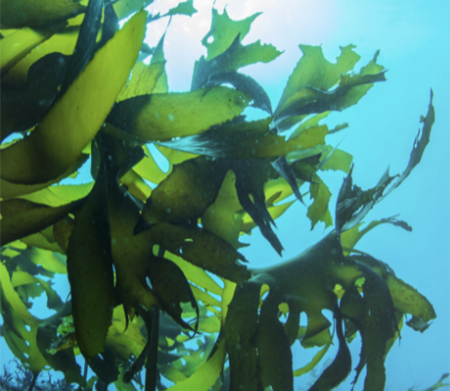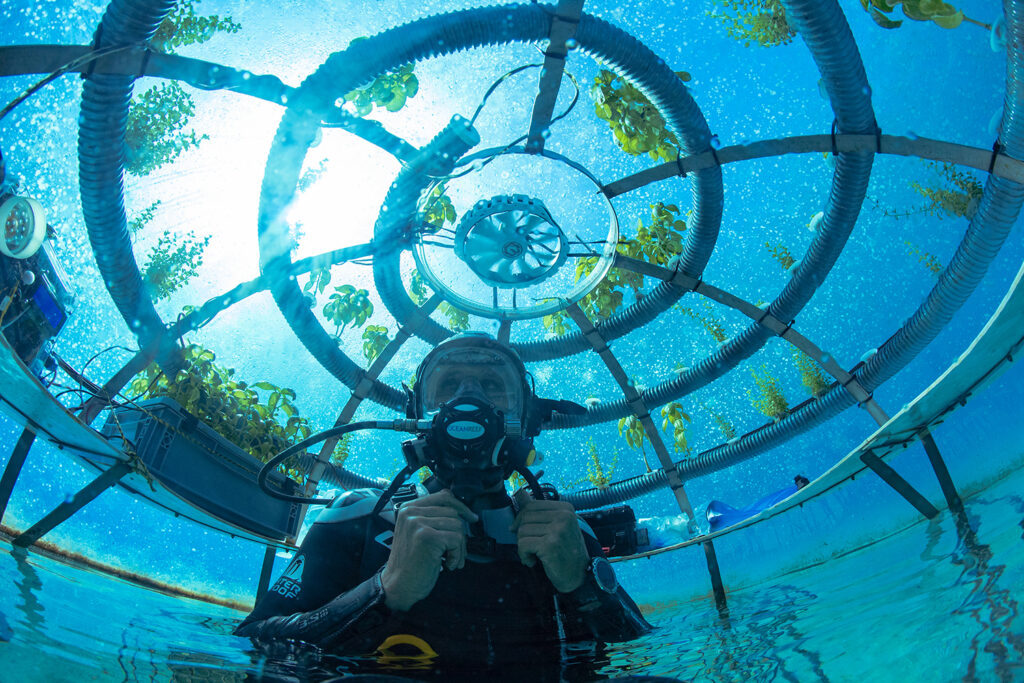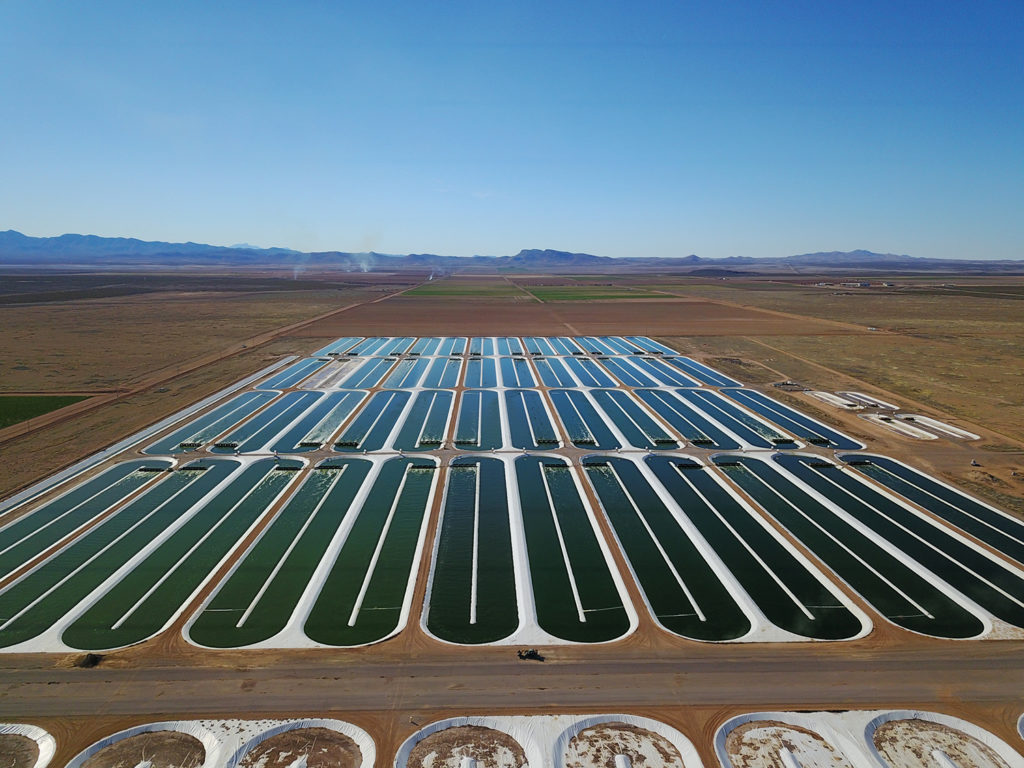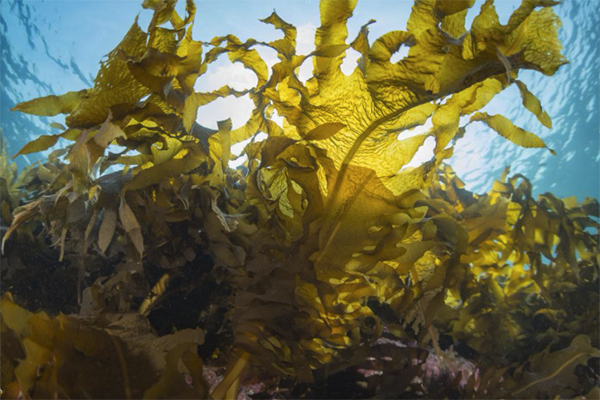‘Microalgae is no longer a novel idea – it has become a commercial reality’

Aquafeed supplier BioMar is significantly scaling up the inclusion of microalgae into its raw material portfolio. The use of microalgae in the flagship product line produced in Brande, Denmark, is enabling the company to ramp up the sustainability criteria, as this ingredient contributes to a reduced dependency on wild fish stocks.
“Microalgae has been a game-changing strategic ingredient for us for years and still is,” said Anders Brandt-Clausen, managing director, BioMar Baltics. “We are now delighted to increase the volumes we use significantly and raise the sustainability bar for our flagship products. Microalgae is no longer a novel idea – it has become a commercial reality.”
The first commercial feeds containing microalgae hit the markets in 2016, and BioMar reached 1 million metric tons of salmon feeds containing microalgae in 2021. With this most recent upscaling, BioMar said that microalgae is no longer considered a niche ingredient.
“The expansion of an extensive raw material portfolio composes one of the most important cornerstones for pioneering innovation at BioMar, as the search for novel ingredients to advance innovation and sustainability is ongoing,” the company wrote in its press release.
BioMar’s research and development on algae-based ingredients date back to 2013 and involve both internal and external projects. Most recently was the “Alga4Fuel&Aqua” project – a collaboration between BioMar Hellenic, the University of Thessaly and other key stakeholders.
BioMar has committed to sourcing raw materials and ingredients that don’t compete with the human supply chain. As part of achieving that goal, it has set a target for BioMar feeds to be 50 percent circular and restorative by 2030. AlgaPrime™ DHA, supplied by Corbion, will be included in the formulation of BioMar’s high-performing flagship diets and will aid in advancing the sustainability profile of product series, such as Blue IMPACT, EFICO Enviro and ORBIT.
“We see this as the birth stage for the next generation feeds with a highly sustainable profile from Brande,” said Anders Brandt-Clausen. “Adding microalgae paves the way for the upcoming developments on our sustainable feeds that our farmers will directly benefit with a reduction in their own on-farm footprint.”
Follow the Advocate on Twitter @GSA_Advocate
Now that you've reached the end of the article ...
… please consider supporting GSA’s mission to advance responsible seafood practices through education, advocacy and third-party assurances. The Advocate aims to document the evolution of responsible seafood practices and share the expansive knowledge of our vast network of contributors.
By becoming a Global Seafood Alliance member, you’re ensuring that all of the pre-competitive work we do through member benefits, resources and events can continue. Individual membership costs just $50 a year.
Not a GSA member? Join us.
Author
Tagged With
Related Posts

Aquafeeds
BioMar adopts microalgae into aquafeed, hits ‘major sustainability milestone’
Aquafeed supplier BioMar hits a major sustainability goal by reaching 1 million metric tons of salmon feed containing microalgae.

Innovation & Investment
20,000 lettuces under the sea: Could underwater agriculture be the future of farming?
Preliminary research suggests that emerging mariculture methods could provide alternatives to land-based agriculture and within recirculating systems.

Aquafeeds
Pond-cultivated algae: Slimy superhero for aquafeeds?
Qualitas Health, which grows algae in ponds in New Mexico and Texas for human supplements, is entering the alternative aquafeed ingredient market.

Responsibility
European Commission launches platform to promote algae production
The European Commission is launching EU4Algae – a European algae stakeholder platform – to expedite the algae industry's development.



